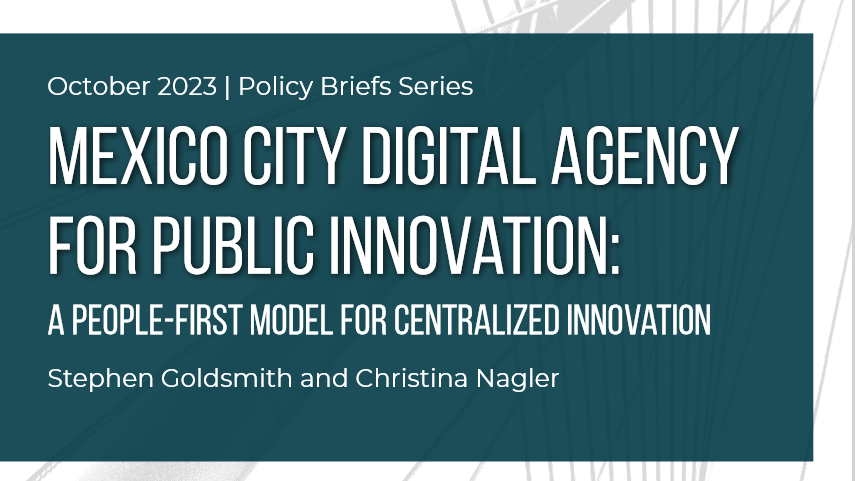- Citizen-Centered Governance
- Civic Engagement
At City Hall, we’ll forge ahead with new kind of urban mechanics. The generation that gave us Facebook wants to engage in public service more than ever before. I say to them that Boston can be your proving ground and home to a wave of municipal innovation not seen since cities first brought water into people’s homes.
— Mayor Thomas Menino, announcing campaign for his fifth term, April 2009
Over the last three years, the Boston Mayor's Office of New Urban Mechanics, the innovative, collaborative ethos within City Hall fostered by Mayor Menino and his current chief of staff, Mitchell Weiss, and Boston's launch of a CRM system and its associated Citizens Connect smartphone app have all attracted substantial media attention. In particular, the City of Boston's strategy to put citizen engagement and participation at the center of its efforts, implemented by Chris Osgood and Nigel Jacob as co-chairs of the Mayor's Office of New Urban Mechanics, has drawn attention to the potential power of collaboration and technology to transform citizens' connections to their government and to each other. Several global developments have combined to make Boston's collaborative efforts interesting: First, city managers around the world confront shrinking budgets and diminishing trust in the role of government; second, civic entrepreneurs and technology innovators are pressuring local governments to adopt new forms of engagement with citizens; and third, new digital tools are emerging that can help make city services both more visible and more effective. Boston's experience in pursuing partnerships that facilitate opportunities for engaging citizens may provide scalable (and disruptive) lessons for other cities.
During the summer of 2013, in anticipation of Mayor Menino's retirement in January 2014, Prof. Susan Crawford and Project Assistant Dana Walters carried out a case study examining the ongoing evolution of the Boston Mayor's Hotline into a platform for civic engagement. We chose this CRM focus because the initial development of the system provides a concrete example of how leaders in government can connect to local partners and citizens. In the course of this research, we interviewed 21 city employees and several of their partners outside government, and gathered data about the use of the system.
We found a traditional technology story—selection and integration of CRM software, initial performance management using that software, development of ancillary channels of communication, initial patterns of adoption and use—that reflects the commitment of Mayor Menino to personalized constituent service. We also found that that commitment, his long tenure, and the particular personalities of the people on the New Urban Mechanics team make this both a cultural story as well as a technology story.





